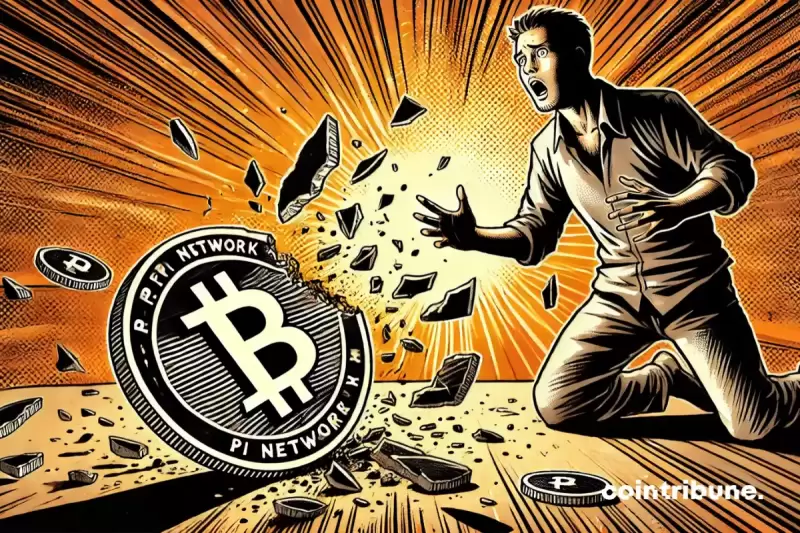 |
|
 |
|
 |
|
 |
|
 |
|
 |
|
 |
|
 |
|
 |
|
 |
|
 |
|
 |
|
 |
|
 |
|
 |
|
The Metaverse is a digital world where people interact, work, and shop using virtual and augmented reality. It creates immersive 3D spaces where users can

The Metaverse, a digital realm where individuals interact, work, and shop using virtual and augmented reality, is creating immersive 3D spaces for connection, exploration, and virtual economies. In this world, users can buy and sell goods, much like in the real world, with major cryptocurrencies and NFTs playing a role in facilitating transactions and digital ownership.
This article delves into how shopping is changing within the Metaverse, examines how businesses are adapting to this new space, and discusses how virtual economies are shaping the future of commerce.
How the Metaverse is Changing Shopping
Shopping in the Metaverse is more than just clicking "add to cart." It offers interactive, immersive experiences where customers can:
* Explore virtual stores and try on digital products.
* Attend live shopping events.
Virtual Stores and Showrooms: Brands are devising virtual storefronts where users can browse products in 3D. Companies like Nike and Gucci have already launched digital stores showcasing their collections and allowing shoppers to purchase both physical and virtual items. Some brands even enable customers to design custom products before ordering them in real life.
Immersive Shopping Experiences: Shoppers can try on clothes using digital avatars, test furniture placement in a virtual home, or walk through a fully interactive store. These experiences make online shopping more engaging and personalized.
Cryptocurrencies and NFTs in Transactions: Many Metaverse stores accept cryptocurrencies like Bitcoin or Ethereum, facilitating rapid, cross-border payments. NFTs (non-fungible tokens) are also crucial for digital ownership, enabling users to buy unique virtual items such as fashion, art, or virtual real estate.
Owning an NFT provides proof of authenticity and ownership, which is becoming increasingly important for the growing digital economy.
Business in the Metaverse
Businesses are quickly recognizing the Metaverse as a new space to:
* Reach customers and sell products.
* Create unique brand experiences.
Instead of just having websites, businesses are setting up virtual stores, hosting events, and engaging with users in digital worlds.
Brands in Virtual Worlds: Major companies like Adidas, Coca-Cola, and Balenciaga are entering the Metaverse by creating branded experiences in platforms like Decentraland and The Sandbox. These spaces allow users to interact with their favorite brands in new and exciting ways—whether it’s attending a virtual concert sponsored by a brand or buying limited-edition digital wearables.
Interactive Marketing and Customer Engagement: Rather than traditional ads, businesses in the Metaverse focus on engagement. Brands host virtual events, create immersive storytelling experiences, and allow users to interact with digital versions of their products. For example, a car company might let users test-drive a new model in a virtual environment before purchasing in real life.
Virtual Real Estate and Digital Storefronts: Like in the real world, businesses are buying virtual land to build stores and experiences. Digital storefronts enable companies to sell virtual goods (like NFTs or digital fashion) and real-world products. Some brands even offer hybrid experiences where users can buy a digital item for their avatar along with a physical version shipped to their home.
The Rise of Virtual Economies: As virtual economies grow, they are changing the way people buy, sell, and invest in digital assets, merging the virtual and real worlds.
Challenges and Considerations:
While the Metaverse presents exciting opportunities for commerce, several challenges need to be addressed:
* Scalability: Can virtual economies handle mass adoption without compromising performance or security?
* Interoperability: How can different Metaverse platforms and technologies seamlessly connect to foster a unified digital ecosystem?
* A Balanced Ecosystem: Striking a balance between a centrally planned and a completely decentralized economy is crucial for sustainable long-term growth.
* A Diverse and Inclusive Community: Ensuring participation from a broad range of individuals and fostering a sense of belonging are essential for a thriving Metaverse.
As the Metaverse continues to evolve, addressing these challenges will be key to creating a secure, stable, and sustainable digital economy.
The Future of Commerce in the Metaverse
As technology advances, the Metaverse is poised to transform how we shop and do business. One exciting possibility is the rise of AI-driven shopping assistants and virtual salespeople. These digital assistants could provide personalized recommendations, answer customer questions, and even guide users through immersive shopping experiences in virtual stores. With AI, shopping in the Metaverse could feel just as interactive and helpful as visiting a real-world store—if not more.
Another major shift will be the deeper integration of physical and digital commerce. Brands are already experimenting with “phygital” experiences, where customers can buy digital products with real-world benefits or vice versa. For example, purchasing a designer outfit for an avatar in the Metaverse might also unlock a physical version of the same clothing item. Similarly, virtual try-ons and AR-powered shopping could allow customers to preview products in the digital world before making real-life purchases.
While mainstream adoption of Metaverse commerce is still in its early stages, consumer habits are expected to evolve over time. Younger generations, who are already comfortable with virtual worlds and digital assets, may lead
Disclaimer:info@kdj.com
The information provided is not trading advice. kdj.com does not assume any responsibility for any investments made based on the information provided in this article. Cryptocurrencies are highly volatile and it is highly recommended that you invest with caution after thorough research!
If you believe that the content used on this website infringes your copyright, please contact us immediately (info@kdj.com) and we will delete it promptly.
-

-

- The integration of Pi Network into the Telegram wallet offered an unprecedented showcase for a project already strengthened by a massive community
- Mar 30, 2025 at 10:30 pm
- In an ecosystem where visibility can skyrocket an asset, PI seemed to be in a strong position. However, against expectations, the token collapsed.
-

-

-

-

-

-

-



























































